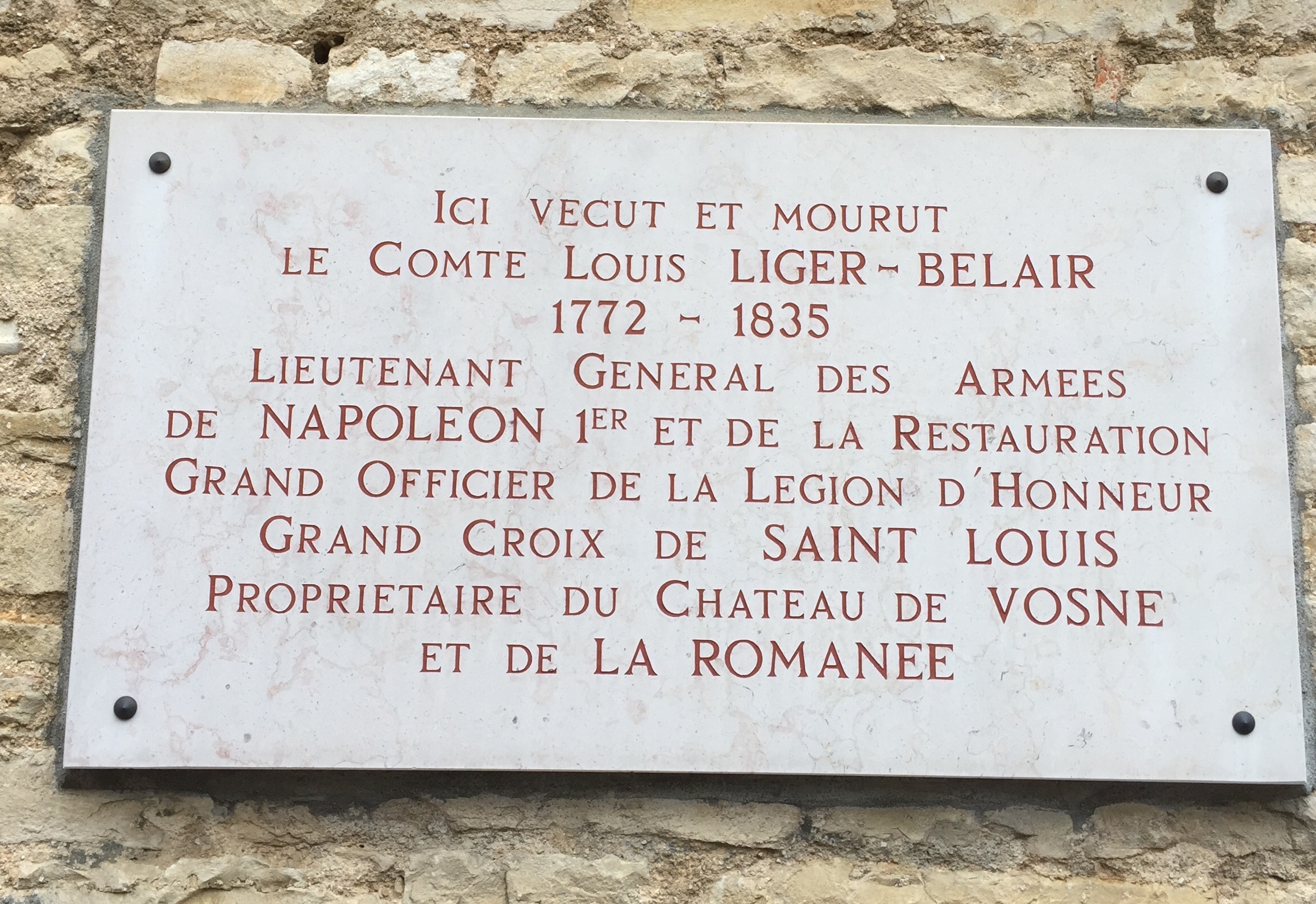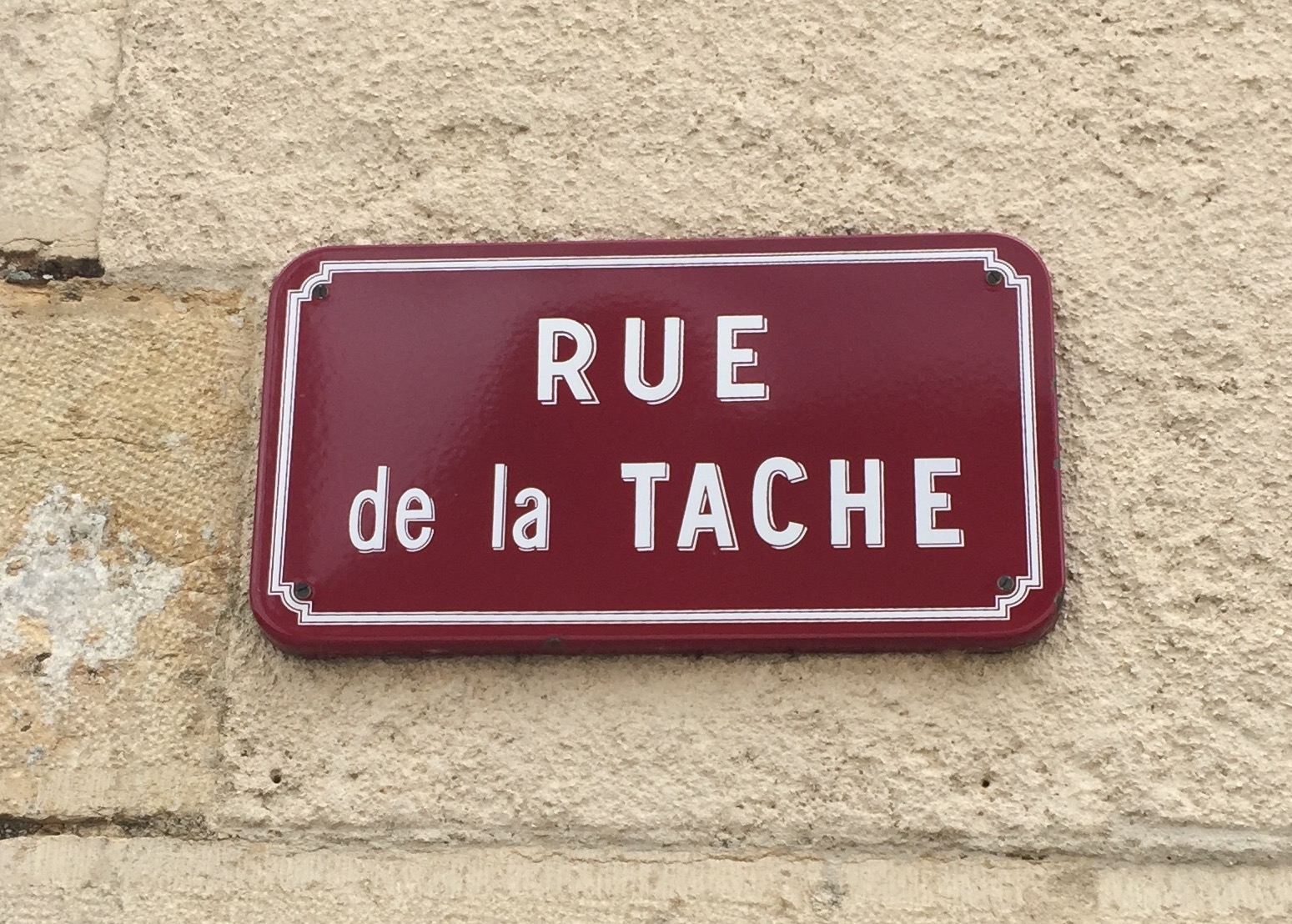Vosne-Romanée  (Photo P. Hunt, 2015)
By Patrick Hunt -Â
Vosne-Romanée may be known to many connoisseurs as the most exclusive wine village not only in the Côte-d’Or and perhaps all of Burgundy, but it is even more valuable historically as its name preserves its distant past. The Romans were indeed here with their legions planting grapes along the Rhone-Saone watershed several millennia past. Roman archaeological remnants are found in local museums and even in the fields of chateaux built over Roman villas; where walking between the vines one can still occasionally spot bronze Celtic fibulae poking from the rich limestone and marl soil of the tilled rows, as one viticulteur showed me. When the Church followed the Romans and eventually produced wine from vineyards parceled within each medieval clos, these divisions still often stand today and are preserved in names of appellations. After the French Revolution, ownership may have changed but the names often remain. It is said by some families that their forebears were working the vines here since the 12th c. Romanesque period, so why ever move away from such venerable terroir?
Certainly its famous hectares including those of the Domaine de la Romanée Conti and La Romanée tend to justify stratospheric prices, but it is also because the Romans knew so long ago where to find the best terroir, a French term actually preserving the old Roman word terra, as Pliny noted long ago in his Natural History when describing happy Campania’s rolling terrain. In Pliny’s experience, sun, soil and wind were different from vineyard to vineyard, each producing unique effects and what we might understand as microclimates tasted in the Campanian wine like all others here where minute mineral content variation and vine depth alike evoke subtle comparanda.
Cross marking the Domaine de la Romanée Conti hectares of Villaine and LeRoy Families (Photo P. Hunt, 2015)Â
My own many annual visits here, too many to number, often en route to archaeological fieldwork in France and the Alps, have yielded wonderful friendships with vigneron and viticulteur alike for decades. The village itself may not be touristic but is dominated by Comte Liger-Belair’s 18th century estate house Chateau de Vosne-Romanée surrounded by venerable trees, part of a legendary domaine in the same family since the French Revolution. In light of former Roman legionnaires settling here, the ancient precedent has never passed away.
Chateau de Vosne-Romanée, Domaine du Comte Liger-Belair (Photo P. Hunt, 2015)
This estate owes its heritage to one of Napoleon’s most respected generals, Comte Louis Liger Belair (1772-1835), who also held the highest office in the following Restoration along with the Croix of St. Louis and Officer of the Legion d’Honneur as the below photo shares.  Communication with its present comte, always gracious,  is likewise genteel and auspicious for the future of the monopole La Romanée, whose field markers are as understated and subtle as the village itself.
Chateau de Vosne-Romanée, Gate of Domaine du Comte Liger-Belair (Photo P. Hunt, 2015)
(Photo P. Hunt, 2015)
Above the village one will almost always see fellow wine lovers driving and walking along precarious slope dirt roads to pay homage to such illustrious names like Romanée-Conti and its kin at times marked out by famous crosses, whereas La Tache is more accessible framing the village on its west side.
(Photo P. Hunt, 2016)
Few wine villages are as private as this one, but the more time one spends here, the more likely one will discover doors eventually open to respectful homage.







